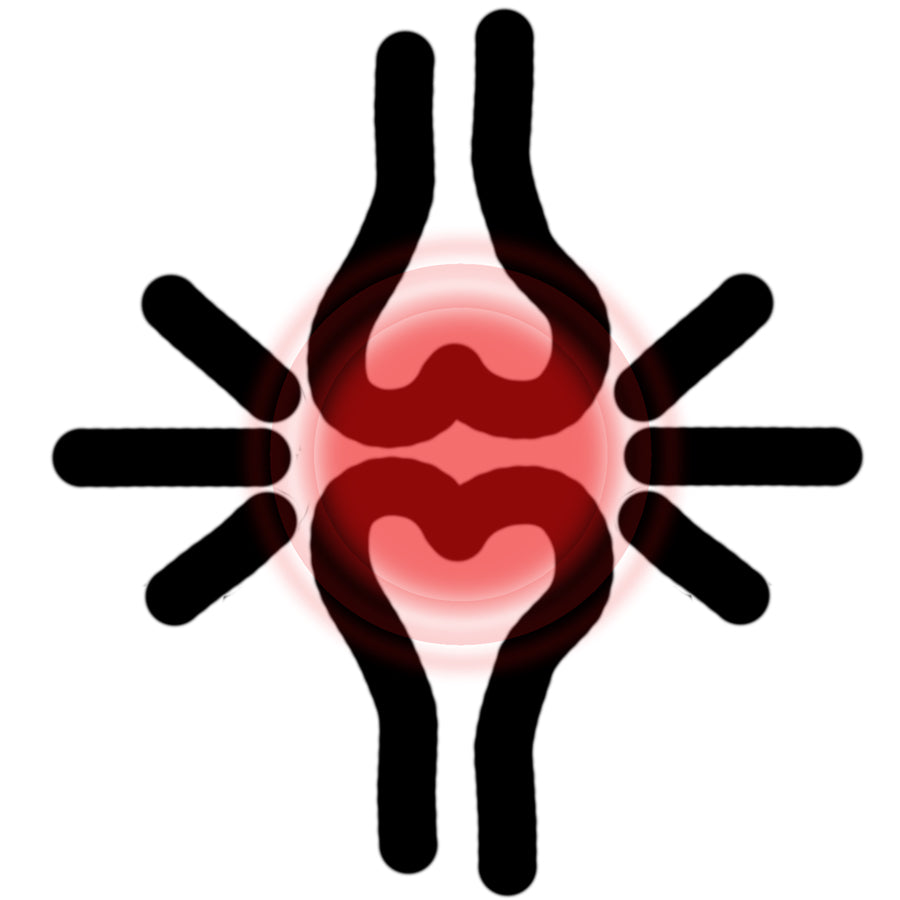Understanding The Root Causes of Joint Pain
Joint pain, also known as arthralgia, is a common complaint that affects people of all ages. It can range from mild discomfort to severe pain, impacting daily activities and overall quality of life. Understanding the root causes of joint pain is essential for effective management and treatment. This report explores the primary causes of joint pain, including mechanical injuries, inflammatory conditions, degenerative diseases, infections, and other systemic disorders.
Mechanical Injuries
- Trauma: Acute injuries such as fractures, dislocations, and sprains can cause significant joint pain. These injuries often result from accidents, falls, or sports activities. The pain arises due to damage to the bones, ligaments, tendons, or cartilage within the joint.
- Overuse: Repetitive motions or excessive strain on a joint can lead to overuse injuries, such as tendinitis or bursitis. These conditions are common in athletes and individuals with physically demanding jobs. The continuous stress causes inflammation and microtears in the tendons and bursae, leading to pain and swelling.
Inflammatory Conditions
- Rheumatoid Arthritis (RA): RA is an autoimmune disorder where the immune system mistakenly attacks the synovium (the lining of the membranes that surround the joints). This causes inflammation, swelling, and pain. Over time, RA can lead to joint deformity and loss of function.
- Psoriatic Arthritis: This type of arthritis affects some people with psoriasis, a skin condition. Psoriatic arthritis causes joint pain, stiffness, and swelling. The exact cause is unknown, but genetic and environmental factors play a role.
- Gout: Gout is a form of inflammatory arthritis caused by the accumulation of urate crystals in the joint. This occurs due to high levels of uric acid in the blood. Gout attacks are characterized by sudden, severe pain, redness, and swelling, often affecting the big toe.
- Ankylosing Spondylitis (AS): AS is a type of arthritis that primarily affects the spine, but it can also cause pain and stiffness in other joints. It is an inflammatory condition that leads to the fusion of the vertebrae, resulting in a rigid spine.
Degenerative Diseases
- Osteoarthritis (OA): OA is the most common form of arthritis, often referred to as "wear and tear" arthritis. It occurs when the cartilage that cushions the ends of bones in the joints deteriorates over time. This leads to pain, stiffness, and reduced mobility. Risk factors include aging, obesity, and joint injuries.
- Degenerative Disc Disease: This condition affects the intervertebral discs of the spine. As the discs wear down, they lose their cushioning ability, causing pain in the spine and potentially in other joints due to altered biomechanics.
Infectious Causes
- Septic Arthritis: This is a painful infection in a joint caused by bacteria, viruses, or fungi. It leads to rapid onset of intense pain, swelling, and fever. The infection can result from an open wound, surgical procedure, or bloodstream infection.
- Lyme Disease: Caused by the bacterium Borrelia burgdorferi, Lyme disease is transmitted through tick bites. It can cause joint pain and swelling, particularly in the knees. If left untreated, it can lead to chronic joint inflammation.
Systemic Disorders
- Lupus: Systemic lupus erythematosus (SLE) is an autoimmune disease that can affect multiple organs and systems, including the joints. Joint pain and swelling are common symptoms, along with fatigue, skin rashes, and organ involvement.
- Fibromyalgia: This chronic condition is characterized by widespread musculoskeletal pain, including joint pain. The exact cause is unknown, but it is believed to involve a combination of genetic, environmental, and psychological factors.
- Hypothyroidism: An underactive thyroid gland can cause a variety of symptoms, including joint pain and stiffness. This occurs due to the slowing down of metabolic processes, which can affect the muscles and joints.
Metabolic and Endocrine Disorders
- Hyperparathyroidism: Overactivity of the parathyroid glands leads to high levels of parathyroid hormone, which can cause bone resorption and lead to joint pain. It is often accompanied by bone pain and fractures.
- Diabetes: Poorly controlled diabetes can result in joint pain through several mechanisms, including neuropathy (nerve damage), poor circulation, and increased risk of infections. Diabetic arthropathy or "Charcot joint" is a specific condition seen in diabetes, characterized by joint destruction.
Lifestyle and Environmental Factors
- Obesity: Excess body weight places additional stress on weight-bearing joints, particularly the knees and hips. This can accelerate the degeneration of cartilage and contribute to conditions like osteoarthritis.
- Sedentary Lifestyle: Lack of physical activity can weaken the muscles around the joints, making them more susceptible to pain and injury. Conversely, engaging in regular, moderate exercise helps maintain joint health.
- Poor Posture: Chronic poor posture can lead to misalignment and excessive strain on the joints, resulting in pain and discomfort. Ergonomic adjustments and posture correction can alleviate these issues.
Genetic and Developmental Factors
- Congenital Joint Disorders: Some individuals are born with joint abnormalities that predispose them to joint pain. Conditions such as hip dysplasia, clubfoot, and congenital limb deficiencies can lead to chronic pain and mobility issues.
- Hereditary Conditions: Certain genetic disorders, like Ehlers-Danlos syndrome and Marfan syndrome, affect the connective tissues and can cause joint pain and hypermobility.
Psychosocial Factors
- Stress and Anxiety: Chronic stress and anxiety can exacerbate joint pain. Stress-induced muscle tension and altered pain perception play a role in increasing discomfort.
- Depression: Depression is often associated with chronic pain conditions, including joint pain. The interplay between mood disorders and pain is complex, involving neurochemical changes and altered pain thresholds.
Conclusion
Joint pain is a multifaceted condition with a wide range of underlying causes. Mechanical injuries, inflammatory conditions, degenerative diseases, infections, and systemic disorders all contribute to joint discomfort. Additionally, lifestyle factors, genetic predispositions, and psychosocial elements play significant roles in the manifestation and severity of joint pain. A comprehensive understanding of these root causes is crucial for effective diagnosis, management, and treatment, allowing individuals to maintain a better quality of life.

